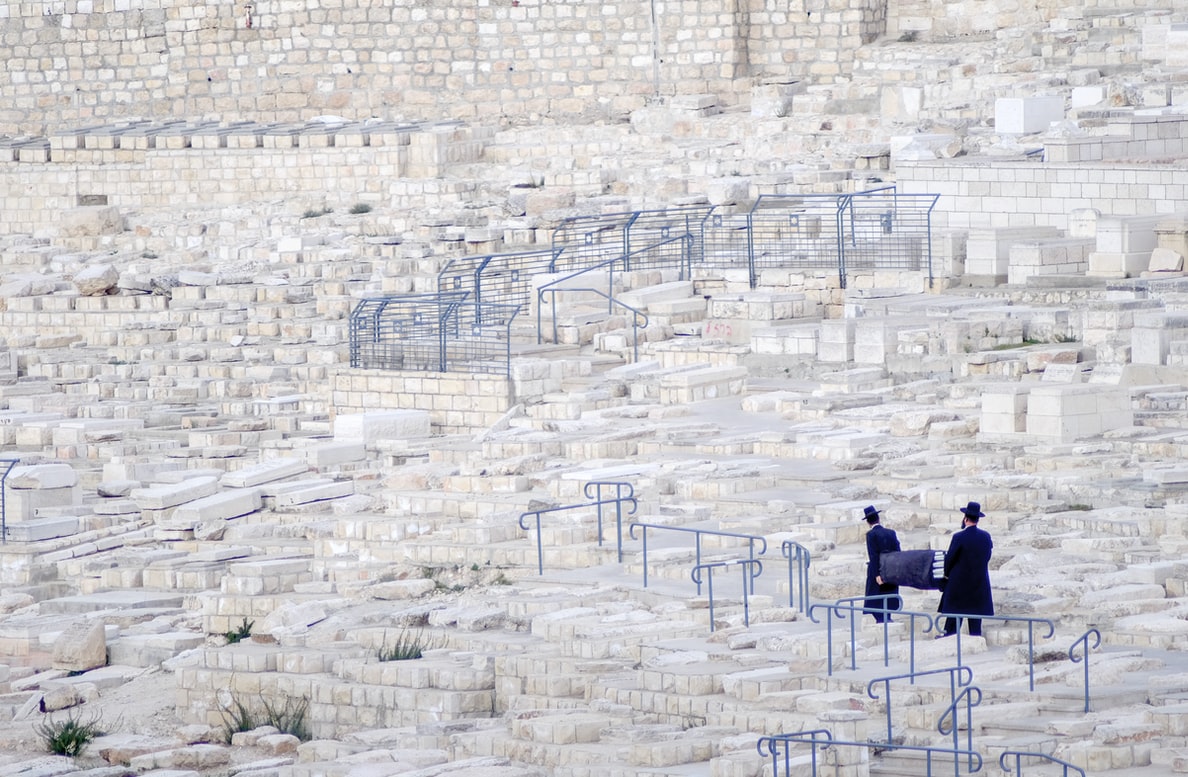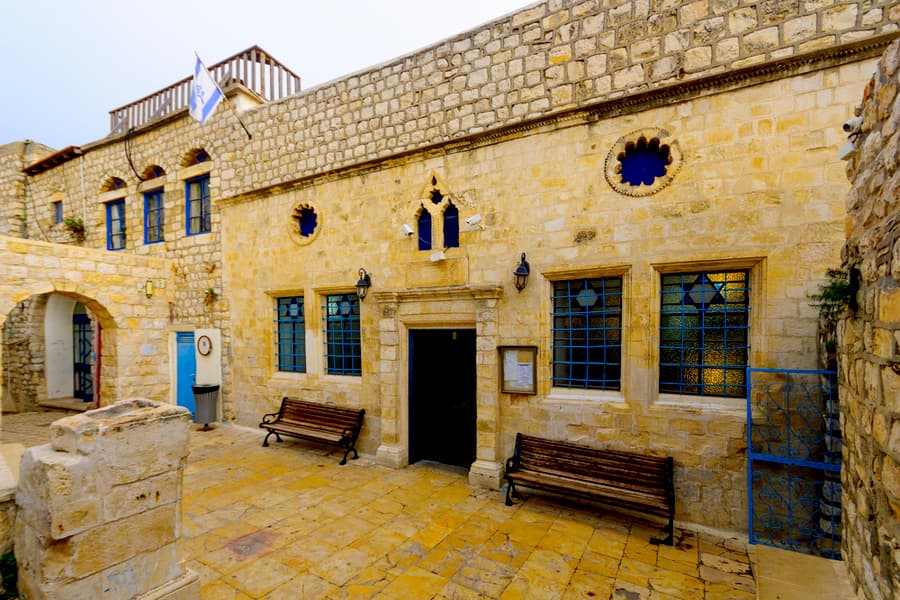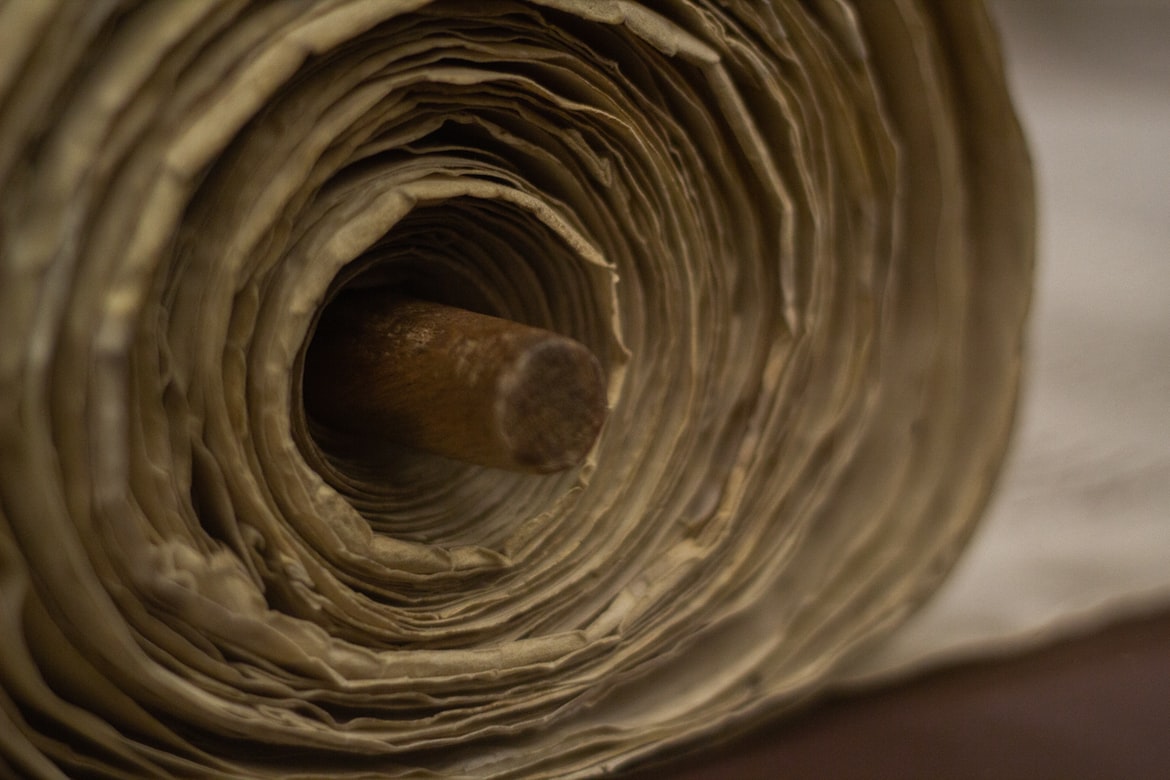Kevrei Tzadikim in Israel (Graves of Pious Jews)
People often go to pious or righteous Jews to ask for their blessing or to ask them to pray on their behalf. This tradition continues after the pious Jew or "tzadik" has passed on. Jews visit the gravesites of pious Jews and famous Great Sages in the hope that they will intercede on their behalf before God. When Jews pray at the graves of pious Jews or "Kevrei Tzadikim" it is not worship of the departed tzadik, but rather worship of God with the tzadik as an intermediary.

Burying damaged Jewish prayer books, Mount of Olives Jewish Cemetery. Photo by Zoltan Tasi on Unsplash
Traditionally prayer at the graveside of pious Jews is particularly powerful on fast days, holy days, and the anniversary of the passing of a loved one or the tzadik himself. The Gemorah and Zohar emphasize the importance of praying at the graves of tzadikim. Here are the main kevrei tzadikim in Israel but there are many, many more. In Safed, Meron and Tiberias alone there are over 90 kevrah tzadikim!Kever Rachel – Bethlehem
Jacob buried Rachel on the side of the road leading to Bethlehem so that Jews passing by on their way to exile would be able to stop and pray for redemption. Rachel would intercede on the worshiper’s behalf and make their prayers even stronger. The original Kever Rachel was built in 1841, funded by Montefiore but in 1998 it underwent a complete renovation including secure protective walls around the complex.
Rabbi Pinchas ben Yair – Tzfat (Safed)
This Rabbi was the son-in-law of Rabbi Shimon bar Yochai and he performed many good deeds (mitzvoth) especially in his love for fellow man. Several times he solved problems by pointing out the mitzvah that the person was not performing correctly. It is traditional to circle his grave in Safed seven times.

Cave of the Patriarchs, Hebron. Photo by Dan Rosenstein on Unsplash
Shmuel HaNavi – Northwest outskirts of Jerusalem
Shmuel HaNavi was a great Torah scholar and in later years became a judge and prophet (navi). He would travel around the country as a judge and never accept payment or gifts for his work. He anointed Shaul as King of Israel on God’s instructions. Shmuel later taught David how to build the Holy Temple and he wrote the biblical Book of Judges. At the gravesite, there is a tall tower which you can climb to get a view across the countryside. Alongside his grave in Jerusalem are the graves of his mother Chana and father Elkanah.
Rabbi Shimon Bar Yochai (Rashbi) – Mt. Meron
This Rabbi features prominently in the Talmud and was one of Rabbi Akiva’s students and a 2nd-century Mishnaic sage. The Rabbi performed many miracles and wrote enlightened interpretations of the Torah. He is buried next to his son Rabbi Eliezer (bar Rabbi Shimon) on Mount Meron. On the anniversary of his death, the 33rd day of the Omer (Lug B’Omer) crowds of religious followers gather at his graveside to pray, study, sing, and dance.
Traditionally on Lag BaOmer bonfires are lit and three-year-old boys are brought to Mt. Meron for their first haircut at the tzadik’s graveside. The Rashbi is connected with the Zohar – the Book of Splendor – the Kabbalist’s sacred book. Also on Mount Meron are the graves of The Tanna, Rabbi Yiba Saba, Hillel Hazaken, Rabbi Yochanan HaSandlar, and Rabbi Yossi ben Kisma.

Mount Meron, Israel. Photo credit: © Dmitry Mishin
Rabbi Yosef Karo – Tzfat (Safed) Cemetery
This 15th-century tzadik was born in Spain and educated in Turkey where he began writing his interpretation of Rambam’s Mishnah. He also wrote Bais Yosef where he focused on the early sages. He then moved to Tzfat (Safed) in Israel where he wrote the Shulchan Aruch explaining the Halachah laws in a way that the common man could understand without being a great scholar. He wrote other books and was highly regarded as an authority on Jewish law. Karo died in 1575 but his books remain the mainstay of most religious Jewish households.
Rambam – Tiberias
Rambam was one of the greatest Rabbis of all time, he was born in 1135 in Spain and came from a respected family of Torah scholars. His family was expelled from Spain along with many other Jews and forced to wander from country to country. He wrote Pirush Ha’Mishnah L’Rambam and in Egypt, he became known as a brilliant medical doctor.
He also wrote Mishnah Torah, Yad Ha’Chazaka, Yud Gimmel Ikrim, and Sefer Ha’Mitzvot. He died in 1204 in Egypt and his body was returned to Israel and buried as well as some other prominent tzadikim in Tiberias. He lies beside his father, Rabbi Yochanan ben Zakkai, and his five students. There are 14 pillars lining a path towards his grave each pillar represents a section of the book Mishnah Torah.

The Ashkenazi HaAri Synagogue, Safed (Tzfat), Israel. Photo credit: © Shutterstock
Rabbi Yochanan ben Zakkai – Tiberias
Rabbi Yochanan ben Zakkai was privileged to see the second Holy Temple of Jerusalem before dying at the age of 120 in 90AD. In his lifetime he served as the leader of Klal Yisroel and studied with Hillel and Shammai. He was buried in Tiberias 1100 years before Rambam was buried alongside his grave.
Rabbi Meir Ba’al HaNes – On the Shore of the Sea of Galilee
This tzadik studied under Rabbi Akiva, Rabbi Yishmoel, and Elisha ben Avuya (Acher). He was married to Bruriah, the only woman mentioned in the Gemorah as wise and brilliant. He lived through the terrible period of Roman persecution after the destruction of the Holy Temple. He was a brilliant scholar and a Sofer or scribe of holy Torah scrolls.
The Rabbi died in Asia but requested to be buried in Israel. His body is buried not far from Tiberias on the shore of the Sea of Galilee. It is tradition to make a charitable donation to kollelim (places where Torah is studied intensely) in the name of Rabbi Meir Ba’al HaNes.

Torah scroll. Photo by Taylor Wilcox on Unsplash
Yonatan Ben Uzi’el – Amuka
Visiting this gravesite traditionally aids those looking for a marriage partner and women come here to pray for fertility. He was a student of Hillel HaZaken and a wise Torah scholar.
Hillel Ha’Zaken – Meron
Visiting the grave of this ancient tzadik who lived from 110BC to 10AD, 120 years, is thought to aid longevity and good health. He founded the House of Hillel and the school of Tannaim, the Sages of the Mishnah. He lived during the reign of Herod and is remembered for several poignant and wise phrases such as “If I am not for myself who will be for me?”
Tomb of the Patriarchs (Ma’arat HaMachpelah) – Hebron
Cave of the Patriarchs in Hebron is where you’ll find the graves of Abraham, Isaac, Jacob, and their wives Sarah, Rebecca, and Leah. These biblical figures are the primary patriarchs of Judaism together with Rachel who is buried near Bethlehem. The site is surrounded by walls dating back to King Herod and the site is sacred to both Jews and Muslims.

Rabbi Meir Baal HaNes tomb in Tiberias, Israel. Photo credit: © Shutterstock
Rabbi Yehuda bar Eliyahu – Ein Zeitim, Near Tzfat
Praying at this great scholar’s grave is supposed to bring a blessing on your income. There is an olive tree next to the grave and it is traditional to take a leaf from the tree and place it in your pocket. Rabbi Yehuda bar Eliyahu was one of Rabbi Akiva’s last five students. Today a Kollel (house of Torah study) stands over his tomb and his father’s tomb.
Ari HaKadosh – Tzfat
Ari HaKadosh (the Holy Lion)'s real name was Rabbi Isaac Luria Ashkenazi and he lived in the 16th century. He wrote an interpretation of the Zohar and began the Kabbalah movement; the mystic branch of Judaism. Visiting this gravesite is a spiritual and mystic experience. In Tsfat you can visit the synagogue named after him.
Rabbi Akiva – Tiberias
The great Akiva was a poor shepherd and only at the age of 40 did he learn to read and write. He soon became a wise and respected Torah scholar. He spent the rest of his life studying the Jewish religious scriptures. Visiting this grave gains worshipers the blessing of wisdom and success in their studies. The most popular time to visit the grave is on the eve of Yom Kippur as this is the anniversary of his death.
 Login / Register
Login / Register
 Contact Us
Contact Us
 Certificate of Excellence
Certificate of Excellence Guaranteed Departure
Guaranteed Departure Low Prices Guaranteed
Low Prices Guaranteed 24/7 Support
24/7 Support




